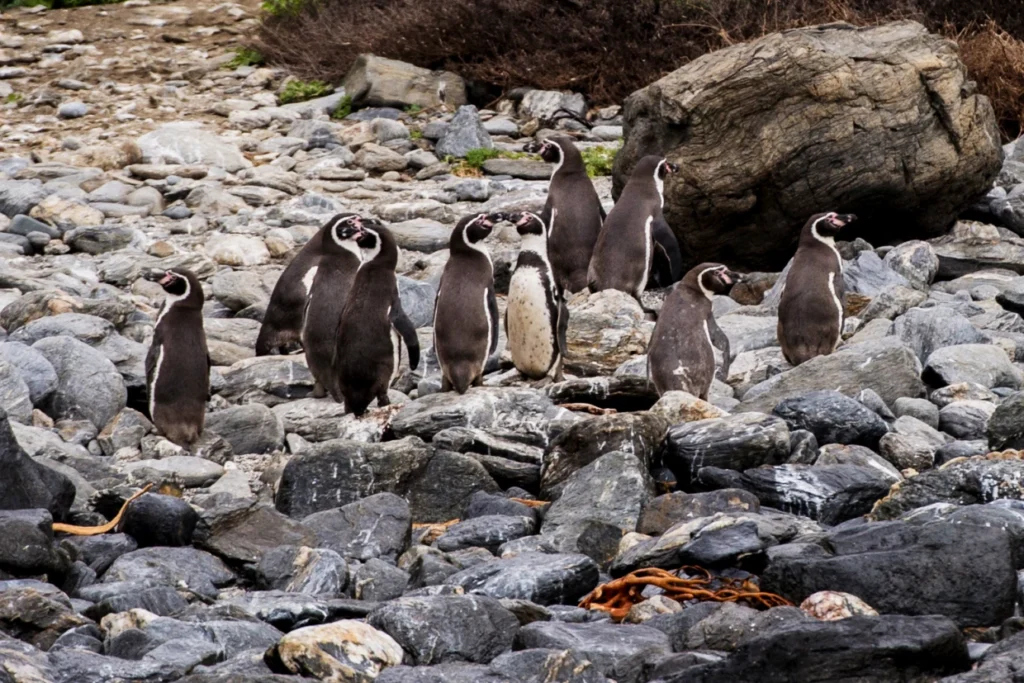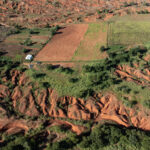In the rugged coastal waters of Chile, the Humboldt penguin, a bird uniquely adapted to the cold, nutrient-rich currents of the Humboldt Current, faces an unprecedented crisis. Known for their distinctive black and white plumage and charismatic behavior, these penguins are inching closer to extinction, pushed to the brink by a combination of environmental and human pressures. As scientists and conservationists sound the alarm, the plight of the Humboldt penguin has become emblematic of the broader ecological challenges facing the region’s marine life.
Humboldt Penguins Face Extinction in Chile
The Humboldt penguin population in Chile has been in a perilous decline over the past few decades, with current estimates suggesting significantly reduced numbers compared to historical figures. The primary threats to their survival include overfishing, which depletes their food sources, and climate change, which disrupts the marine ecosystems they rely on. Derudover, coastal development and increased human activity have led to habitat destruction and pollution, further squeezing their living space. As a result, these penguins are finding it increasingly difficult to find food, mate, and raise their young, compounding the challenges to their survival.
The situation is further complicated by the effects of climate variability, particularly the El Niño Southern Oscillation, which can dramatically alter the temperature and productivity of the ocean waters. During El Niño events, the warmer waters push the cold, nutrient-rich currents deeper and farther from the coast, limiting the availability of anchovies and sardines on which the penguins feed. This not only affects their immediate nutritional needs but also impacts their reproductive success, as food shortages lead to lower birth rates and higher mortality rates among juveniles.
In recent years, illegal poaching and unintentional bycatch in fisheries have emerged as direct human threats that exacerbate the penguins’ decline. Despite legal protections, enforcement is often lax, and local communities sometimes prioritize immediate economic benefits over long-term ecological sustainability. This complex interplay of factors leaves the Humboldt penguin in a precarious position, struggling for survival in a rapidly changing environment.
Conservation Efforts Intensify Amid Crisis
Recognizing the critical state of the Humboldt penguin, several conservation initiatives have been launched to try to stabilize and eventually increase their populations. These efforts are spearheaded by a combination of local and international organizations, working together to implement measures that address both immediate threats and long-term challenges. One of the key strategies has been the establishment of protected marine areas along the Chilean coast, which aim to safeguard crucial nesting sites and reduce human interference.
Researchers and conservationists are also employing innovative technologies to monitor penguin populations more effectively. Satellite tracking and drone surveillance have become vital tools in studying penguin behavior and habitat use, providing data that is crucial for making informed conservation decisions. Derudover, community outreach and education programs are being developed to raise awareness about the penguins’ plight and to foster a sense of stewardship within local populations.
Efforts to mitigate climate change impacts are also integral to conservation strategies. Activities include restoring penguin habitats by removing invasive species and replanting native vegetation, and advocating for stricter regulations on fishing practices to ensure sustainable stocks of key prey species. These combined efforts represent a comprehensive approach to conservation, aiming not only to save the Humboldt penguin from extinction but also to preserve the biodiversity of the entire Humboldt Current ecosystem.
The fight to save Chile’s Humboldt penguins is more than a conservation battle; it is a test of our ability to balance human needs with environmental sustainability. As these charismatic creatures teeter on the brink of extinction, the actions taken now will dictate not only their fate but also the health of the marine environment that supports a myriad of species along the Chilean coast. With intensified conservation efforts and increased global awareness, there is hope that the Humboldt penguin can rebound from the edge of extinction, serving as a beacon for broader ecological recovery and resilience.









